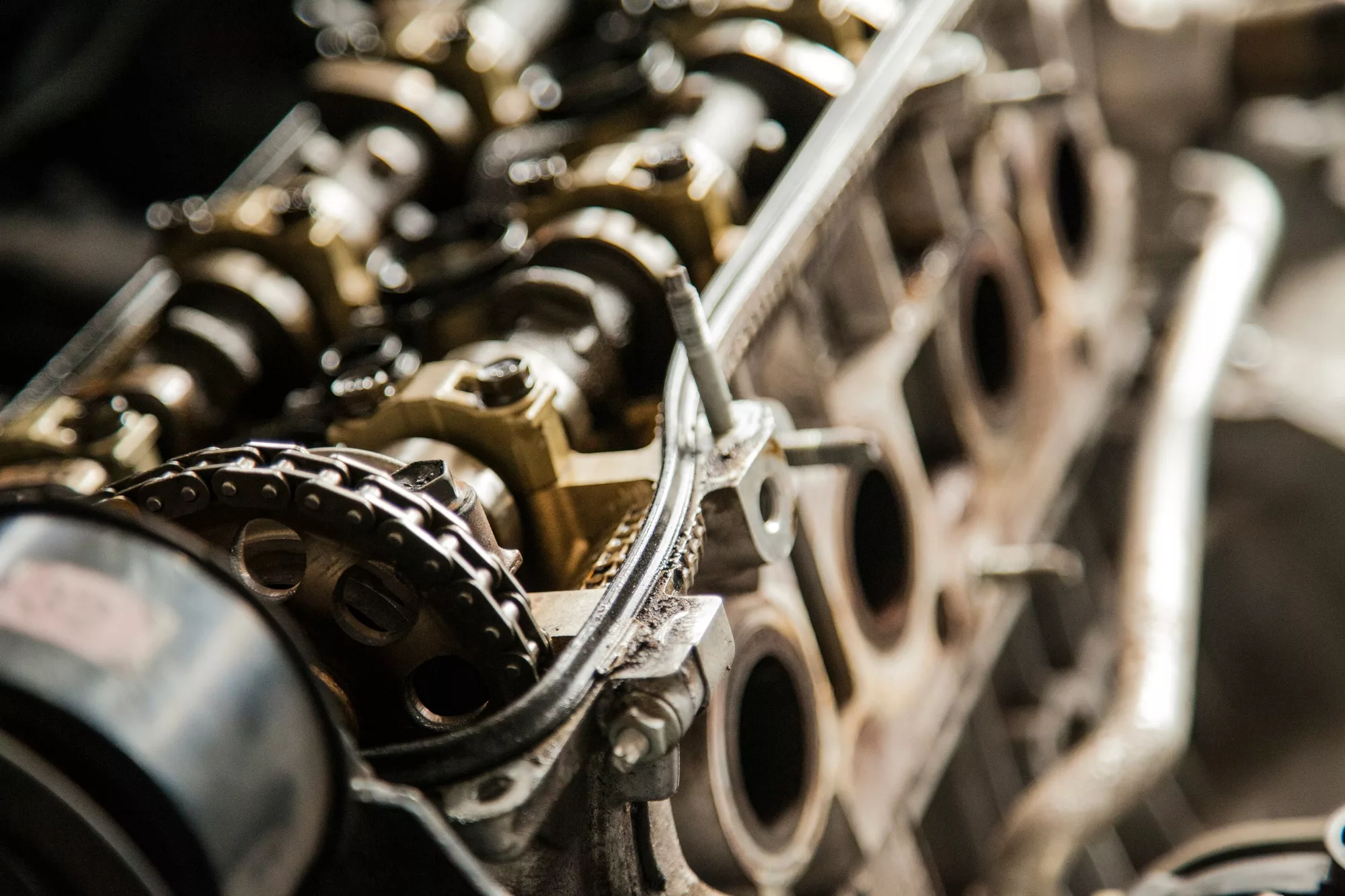If you’ve recently noticed that your engine oil levels are dropping faster than usual or you’ve started seeing blue smoke coming out of your exhaust, you might be facing a common yet serious problem—your car is burning oil. Whether you drive a brand-new sedan or an aging SUV, oil burning can affect any vehicle and, if left unchecked, can lead to costly engine repairs.
In this detailed guide, we’ll break down why your car is burning oil, the signs to watch for, and how to fix the problem before it causes long-term damage. If you’re searching for “Why is my car burning oil?”—this is the definitive article you need.
What Does It Mean When Your Car Is Burning Oil?
When someone says a car is “burning oil,” it means that engine oil is leaking into the combustion chamber and being burned along with the air-fuel mixture. This results in lower oil levels, potential engine performance issues, and sometimes visible symptoms like blue-tinted smoke from the exhaust.
Burning oil is not to be confused with oil leaks that drip onto the ground. Instead, this issue involves oil consumption inside the engine, which can quietly wreak havoc over time if not addressed.
Why Is My Car Burning Oil? Common Causes
Worn Piston Rings
One of the most common reasons a car burns oil is due to worn piston rings. Piston rings are designed to seal the combustion chamber and prevent oil from entering. When these rings wear out, oil seeps past them into the combustion chamber, leading to oil consumption.
Worn piston rings are often found in high-mileage vehicles or engines that haven’t been maintained properly. If your car is burning oil and has over 100,000 miles, this could very well be the culprit.
Faulty Valve Seals
Valve seals prevent oil from leaking into the engine’s cylinders when the engine is running. Over time, these seals can harden, crack, or wear out, allowing oil to drip into the combustion chamber. This is a particularly common issue in older vehicles or engines exposed to extreme temperatures.
If the valve seals are damaged, you may notice blue smoke during startup or acceleration, as that’s when oil leaks past them and burns off.
Damaged Cylinder Walls
Another mechanical reason behind oil burning is scored or damaged cylinder walls. When the walls inside the cylinders get scratched or worn, they can no longer create a tight seal with the piston rings. This allows oil to escape into the combustion chamber.
Cylinder wall damage often occurs due to poor lubrication, dirt ingress, or overheating, and it can be expensive to repair, often requiring a complete engine rebuild.
PCV Valve Malfunction
The Positive Crankcase Ventilation (PCV) valve is responsible for redirecting unburned gases back into the combustion chamber. If this valve becomes clogged or stuck open, it can cause excessive pressure in the crankcase, forcing oil into the combustion chamber.
A faulty PCV valve is one of the cheaper and easier-to-fix causes of oil burning, so it’s a good starting point when diagnosing the issue.
Use of Low-Quality or Incorrect Oil
Using cheap or incorrect engine oil can also lead to oil burning. Thin or low-viscosity oils may slip past seals and rings more easily, especially in older engines. Always use manufacturer-recommended oil grades to minimize the risk of oil consumption issues.
Aggressive Driving and High RPMs
Frequent hard acceleration, towing heavy loads, or driving at high RPMs can increase oil consumption. This is because the engine is working harder, generating more heat, and putting extra stress on internal components, making it easier for oil to slip past worn seals and rings.
Symptoms That Your Car Is Burning Oil
Identifying the symptoms early can save you thousands in engine repairs. Here are the most common signs:
Blue Smoke from the Exhaust
The most visible and classic sign of oil burning is blue-tinted smoke coming from the exhaust pipe. This happens because oil is burning along with fuel, and it’s especially noticeable when starting the car or accelerating.
Frequent Low Oil Levels
If you find yourself topping up your oil frequently without noticing external leaks, your engine may be consuming oil internally. Checking your dipstick regularly will help you catch the problem early.
Oil Smell Inside or Around the Car
A burning oil smell inside the cabin or around the engine bay is another red flag. It indicates that oil is being burned either in the combustion chamber or on hot engine components.
Decreased Engine Performance
Burning oil can lead to carbon buildup on spark plugs and valves, causing poor acceleration, rough idling, and reduced fuel efficiency.
Engine Misfire or Check Engine Light
If the oil burning is severe, you may experience engine misfires or see the check engine light illuminate. This can happen when oil fouls the spark plugs, leading to poor combustion.
How to Diagnose an Oil Burning Problem
Proper diagnosis is essential to pinpoint the cause of oil burning. Here’s how you or a mechanic can investigate:
Perform a Visual Inspection
Check for any external leaks around the valve cover gaskets, oil pan, or oil filter. While these may not cause burning, they can contribute to overall oil loss.
Check for Blue Smoke
Ask someone to start your car while you watch the exhaust. Blue smoke on startup often points to valve seal issues, while smoke during acceleration suggests piston ring wear.
Compression Test
A compression test can reveal whether your engine’s piston rings or cylinder walls are worn. Low compression in one or more cylinders is a strong indicator of mechanical wear.
Leak-Down Test
A leak-down test can help you determine where the compression is leaking from, whether it’s through the piston rings, valve seals, or elsewhere.
Inspect Spark Plugs
Remove and inspect your spark plugs. If they are oily or covered in black carbon deposits, that’s a clear sign of oil burning.
How to Fix a Car That’s Burning Oil
The solution depends on the cause of the oil burning. Here’s what you can do:
Replace Worn Piston Rings and Valve Seals
If mechanical wear is the cause, the most effective solution is to replace the piston rings or valve seals. However, this is a labor-intensive job that often involves removing and partially disassembling the engine.
Repair Damaged Cylinder Walls
For scored cylinder walls, a cylinder hone or engine rebuild may be necessary. In severe cases, the engine block may need to be replaced.
Replace the PCV Valve
If the PCV valve is malfunctioning, replacing it is a quick and inexpensive fix that can resolve oil burning.
Use High-Mileage Oil
For older engines, switching to high-mileage motor oil can help reduce oil consumption. These oils contain seal conditioners that help restore worn seals and minimize leaks.
Drive Gently
Avoid aggressive driving, especially if your vehicle is prone to burning oil. Gentle acceleration and driving at lower RPMs can help reduce oil consumption.
Add Oil Additives (Temporary Solution)
Some oil additives claim to reduce oil burning by swelling seals or thickening the oil. While these may offer short-term relief, they are not a permanent fix and should not replace proper mechanical repairs.
Is It Safe to Drive a Car That’s Burning Oil?
Technically, you can drive a car that’s burning oil, but it’s not recommended. Low oil levels can lead to increased engine wear, overheating, and eventual engine failure. If you must drive it, check and top up your oil frequently to avoid catastrophic damage.
However, ignoring the problem for too long will result in poor engine performance, higher fuel consumption, and costly repairs down the line.
Final Thoughts
Burning oil is a problem that should never be ignored. Whether it’s due to worn piston rings, valve seals, or a faulty PCV valve, the key is to identify the cause early and take appropriate action. Regular oil checks, attentive driving habits, and timely repairs can save you thousands of dollars in engine rebuild costs.
If you’ve been asking, “Why is my car burning oil?”, now you know the common causes, symptoms, and solutions. Don’t let a minor oil-burning issue snowball into a full-blown engine failure—stay proactive, informed, and maintain your vehicle responsibly.




